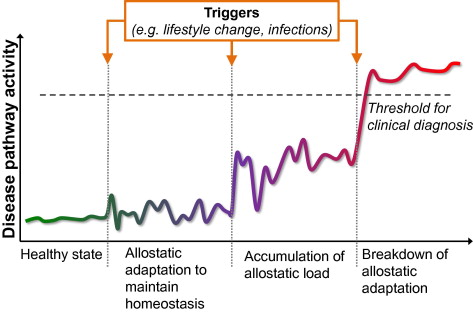
The piece “The End of My Belief” authored by Larry Kaskel outlines a profound realization encountered by a doctor about the futility of elevating high-density lipoprotein (HDL) cholesterol in averting cardiovascular incidents. Kaskel commences by narrating a critical event in 2011, whereby the AIM-HIGH trial revealed that niacin, when combined with statins, yielded no cardiovascular advantages. This result contradicted the widely accepted perception of HDL as the “good cholesterol” that protects lives, a belief strongly advocated by the medical field and pharmaceutical advertising. The trial’s shortfall, along with later unsuccessful trials of medications such as torcetrapib, dalcetrapib, and anacetrapib, underscored the shortcomings of emphasizing biomarkers alone, neglecting the fundamental causes of diseases.
In the midst of this disappointment, Kaskel revisited the infectious theory of atherosclerosis, inspired by discoveries from Dr. Allan Shor and Dr. J. Thomas Grayston regarding Chlamydia pneumoniae found in arterial plaques. These historical revelations, alongside comparisons to overlooked infectious origins of chronic ailments like H. pylori-related ulcers and HPV-associated cervical cancer, led Kaskel to question the prevailing cholesterol hypothesis.
Notwithstanding evidence pointing to alternative causal factors, the existing $500 billion cardiovascular sector continues to support present models. Kaskel proposes an innovative trial—TACTIC, aimed at the complete life cycle of C. pneumoniae in younger individuals exhibiting early indications of heart disease, utilizing coronary CT angiography as an evaluative tool. The goal is to redirect focus towards possibly infectious sources of atherosclerosis, akin to the treatment of TB and HIV. This signifies a transformation in Kaskel’s view as a recovering lipidologist, encouraging the medical community to reassess long-held beliefs for improved patient results.